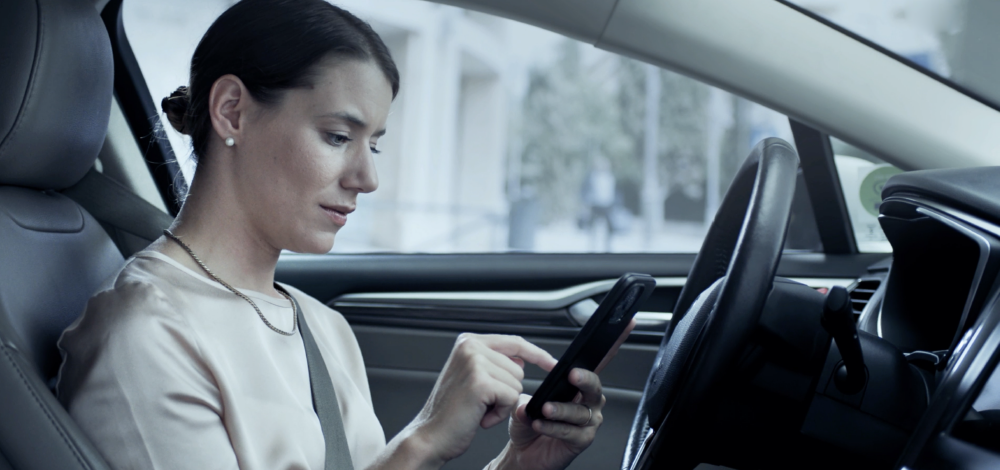I stand corrected: Almost zero chance. Level 5 means unlimited ODD. So handle ALL of these - in any weather a human would:“Zero chance” is almost as useless a claim as “100% chance” when predicting future innovations.
World's greatest driving roads
dangerousroads.org offers more than 12.000 roads online. Discover the most spectacular, scenic and dangerous roads around the world. Drive the most exciting and
In my experience, people tend to have a hard time understanding the concept of OEDR, and there is a myriad of clueless influencers like "Dr Know It All", that spread misinformation, sometimes by mistake, because they do not understand the concept either. J3016 is not a document for consumers nor legislators.If it were so clear, we wouldn’t have the myriad of internet arguments about what they do or do not mean. Doing a quick search on just this forum for “SAE levels” and I see you’ve already been a part of them. You can reference those instead of rehashing the same arguments here. Hopefully we can keep this thread on topic.
In L3 and above the systems perform the full OEDR (object and event detection and response) and in lower levels the system assists the driver with some of the OEDR. In short L3 means "eyes off" (watch a movie) - take over if the car tells you. The car performs the full OEDR and the DDT during the handover procedure. L4 means sleep in the back seat.
This is a good explanation: OEDR: The Key Differentiator Between SAE Level 2 And Level 3 Automated Driving
Last edited:



